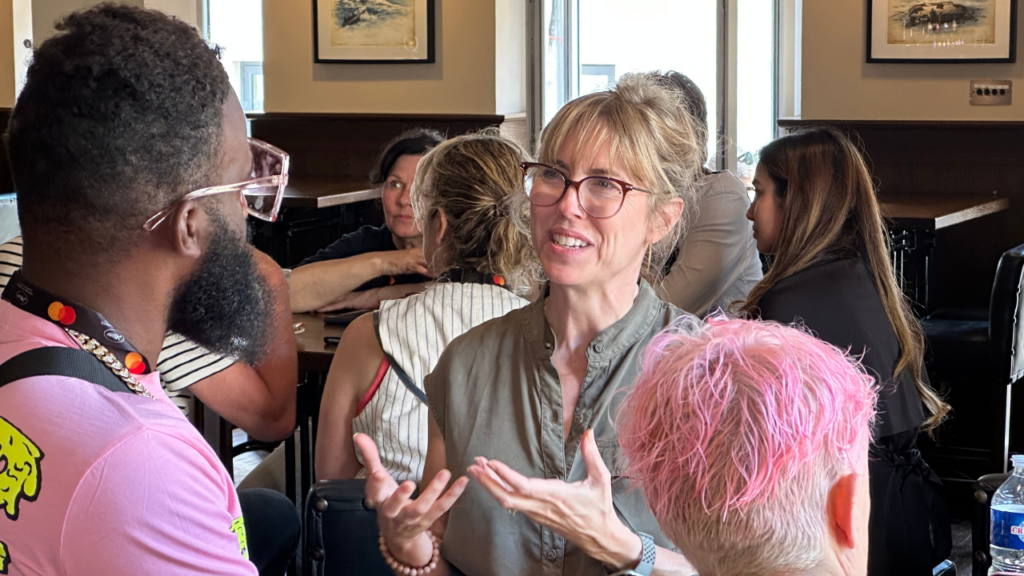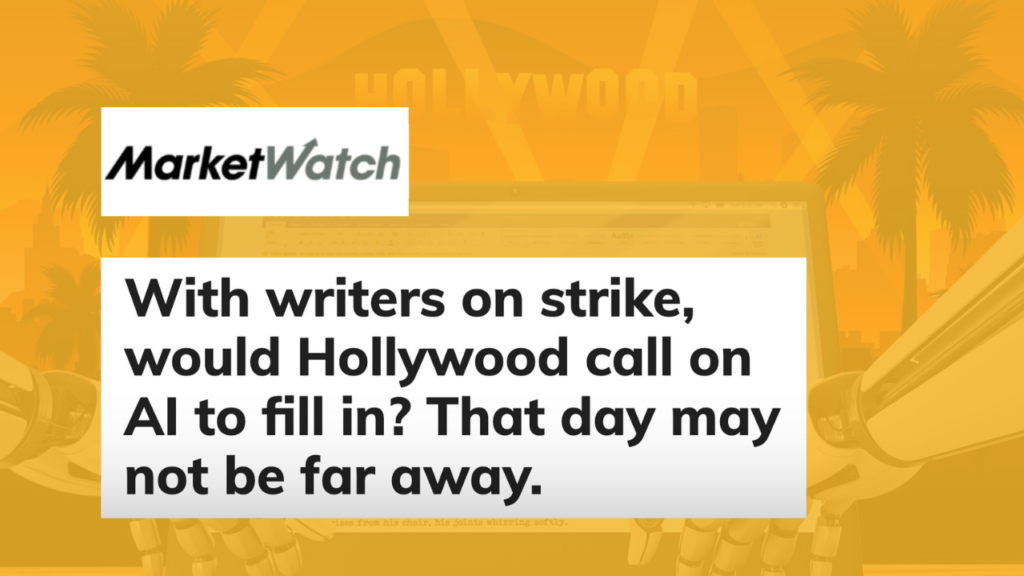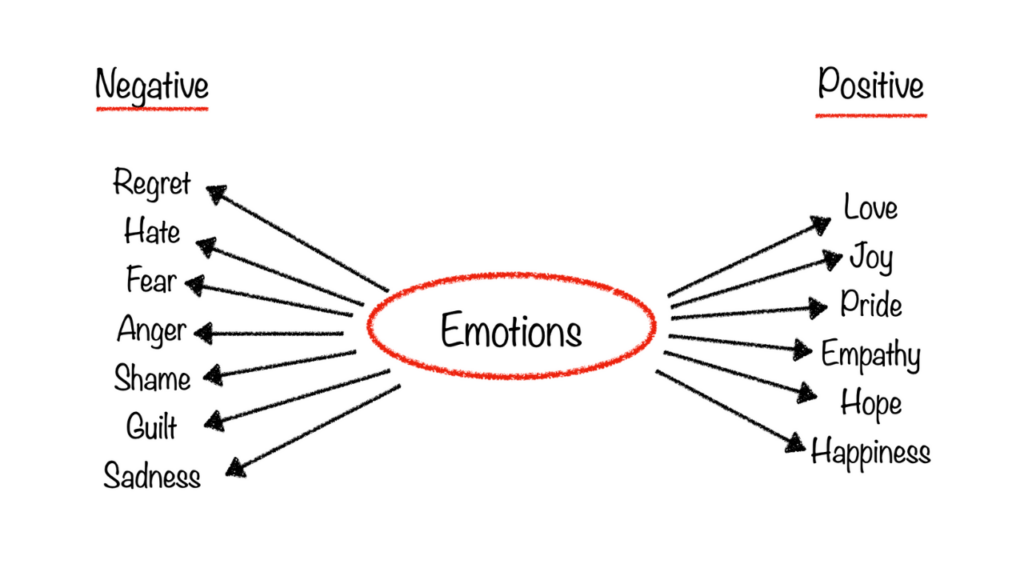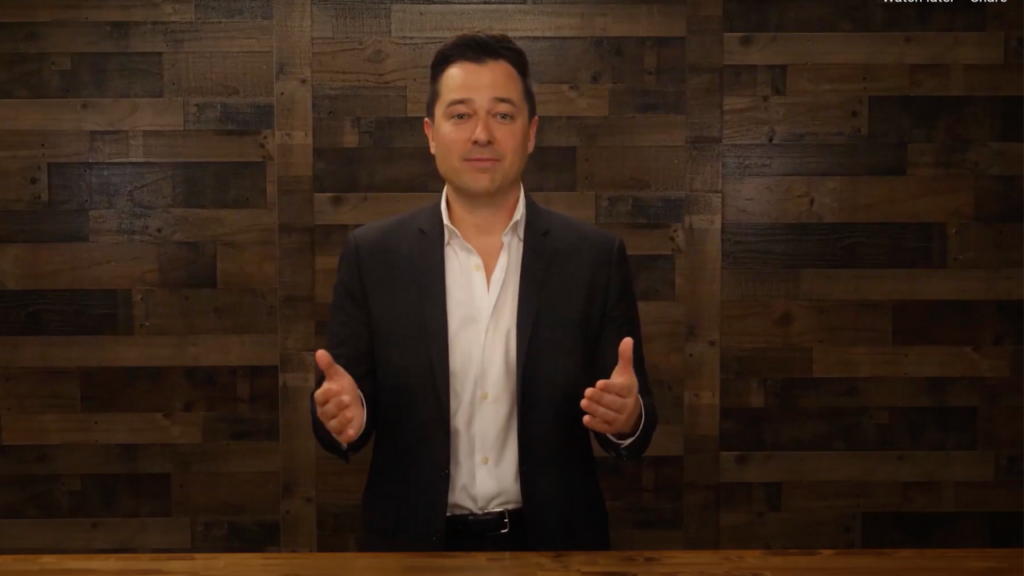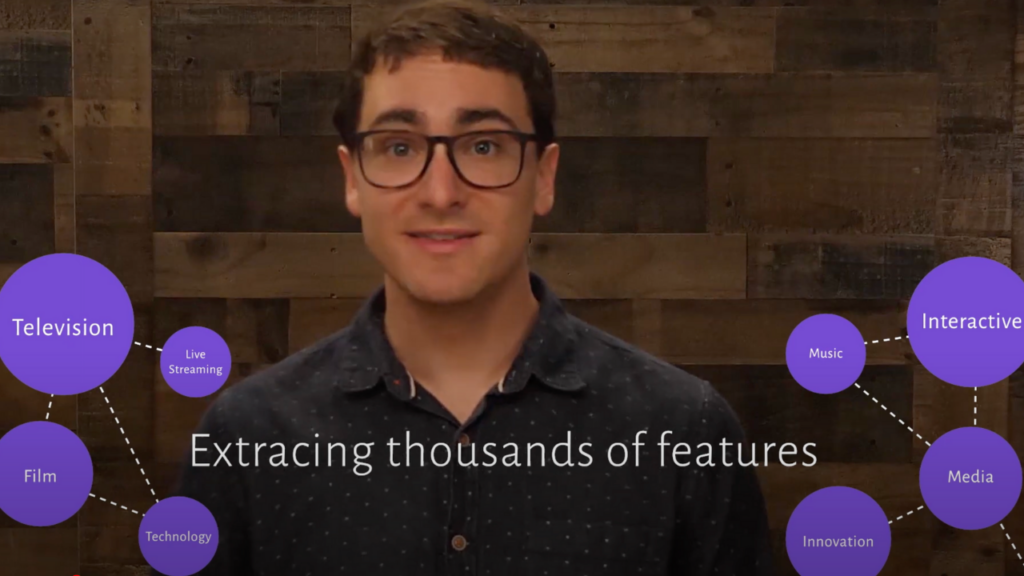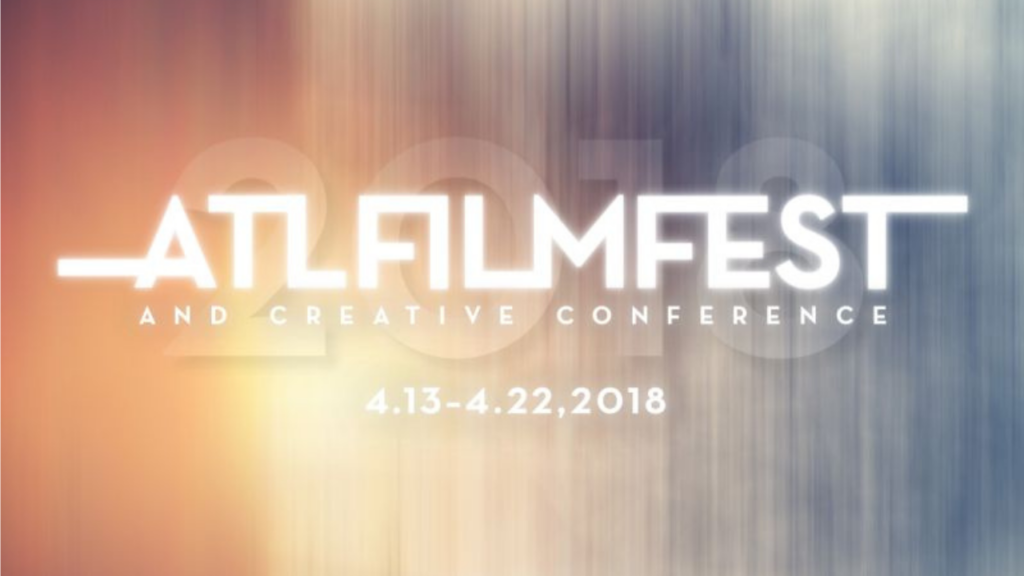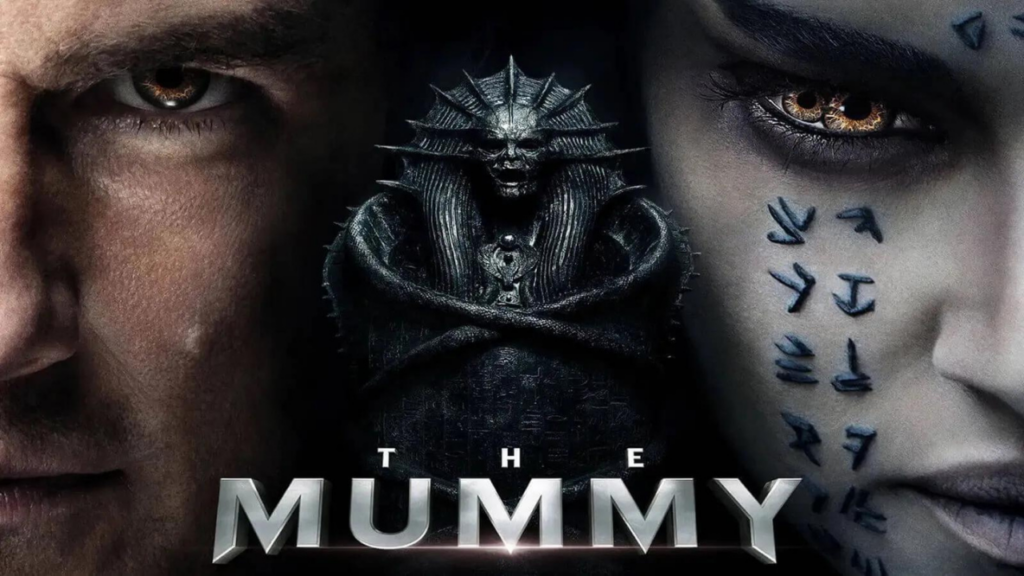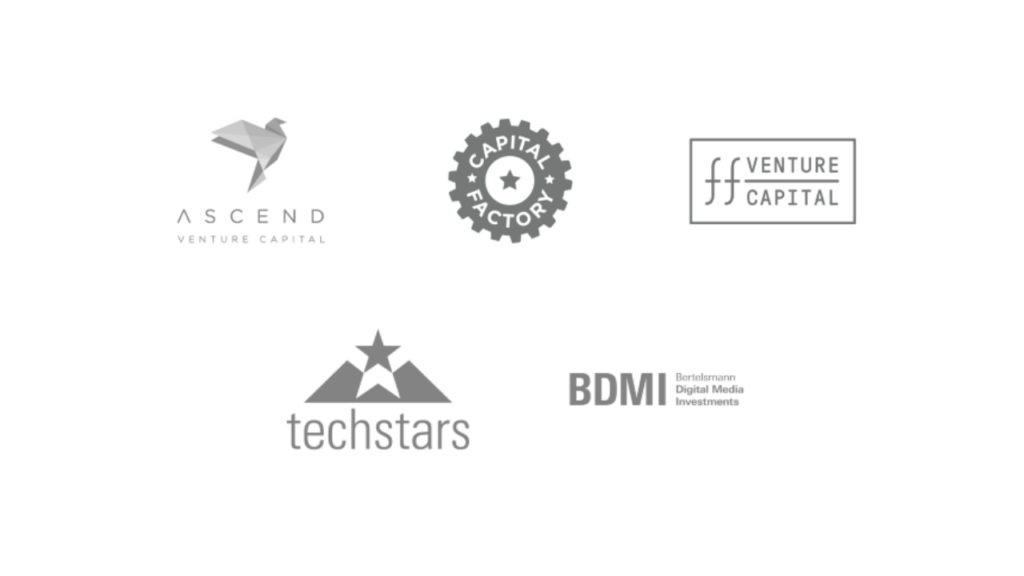Article Category
AI
Parlez d’IA? AI Dominates the Conversation at Cannes
Arriving at Cannes in the midst of a writers strike, I wondered how much the debate over AI ...
StoryFit’s CEO Monica Landers referenced in MarketWatch’s Hollywood and AI Report.
“The conversation has shifted from 'this is not possible' to a pervasive fear of being replaced. ‘But that’s ...
The Original Sentiment Analysis Tool
Sentiment analysis is a type of natural language processing (NLP) that uses computational algorithms to identify and extract ...
AI Uncovered 5 Fascinating Insights About This Year’s Best Picture Oscar Nominees
2020 was a year of unprecedented change, but one thing helped us get through it -- entertainment! Whether ...
Video: Get episodic insights and capture an audience early
https://www.youtube.com/watch?v=mdVE6RyR_Lc StoryFit offers support throughout the creative development of a series. Our tools can measure a story at ...
Video: AI, what is story research and why do Storytellers need it?
https://vimeo.com/407316203 If you’re curious about the hype around how AI can aid Storytellers, you’re probably asking, what is ...
Script Secrets: The Data Behind our Stories
On Monday, April 16, StoryFit will present as a part of the Atlanta Film Festival. They’ll also be ...
Video: Identify character relationships with Character Networks.
https://www.youtube.com/watch?v=5kz7U3b94pM StoryFit’s Character Network feature can help to identify the strengths and weaknesses in character relationships. The analysis ...
Case Study: The Mummy and The Mummy Returns, one a hit and one a flop.
Artificial Intelligence Gives Studio Executives Predictive Analytics to Make Data-Driven Decisions In this case study, we used our ...
Parasite’s Best Picture Win Is Historic for More than One Reason: an AI script analysis.
Parasite made history by becoming the first non-English-language film to win the Academy Award for Best Picture. But as our Artificial Intelligence ...
StoryFit Closes Funding
AUSTIN, Texas, March 13, 2019 /PRNewswire/ -- StoryFit, a rapid-growth technology company which continues to break new ground providing predictive AI ...
SXSW 2019 Is Finally Here!
You are not going to want to miss our SXSW session: Creatives and Data-Scientist – Movie-Making BFFs? StoryFit ...
Showing 1-12 of 18.

